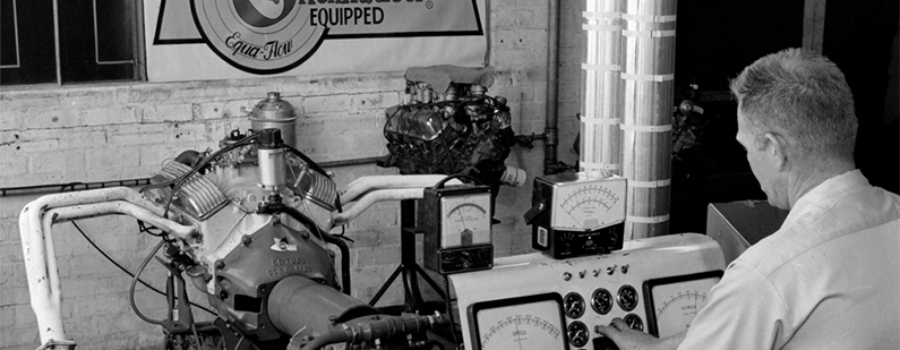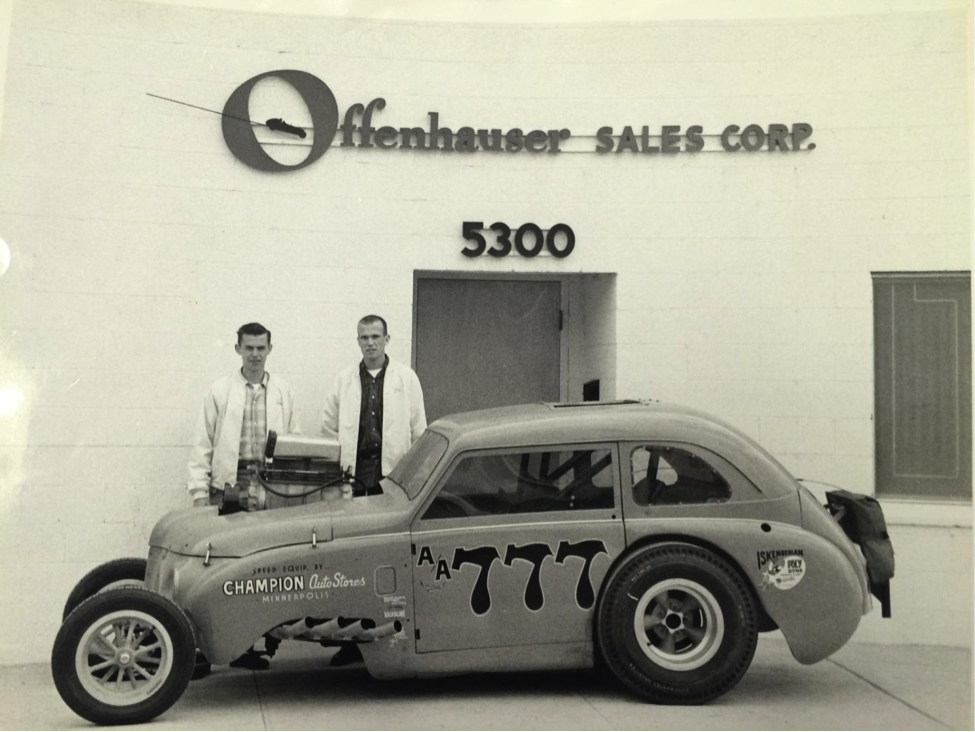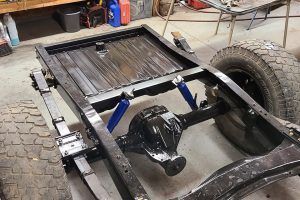The Offenhauser engine, familiarly known as the “Offy”, was developed by Fred Offenhauser and his employer Harry Arminius Miller. Originally, it was sold as a marine engine. In 1930, a four-cylinder 151 cu in (2.47 l) Miller engine installed in a race car set a new international land speed record of 144.895 mph (233.186 km/h). Miller developed this engine into a twin overhead cam, four-cylinder, four-valve-per-cylinder 220 cu in (3.6 l) racing engine. Variations of this design would be used in midgets and sprints into the 1960s, with a choice of carburetion or Hilborn fuel injection.[ When both Miller and the company to whom he had sold much of the equipment and rights went bankrupt in 1933, Offenhauser opened a shop a block away and bought rights to engines, special tooling and drawings at the bankruptcy auction, and he and other former Miller employees took over production. They and former Miller employee, draftsman Leo Goossen, further developed the Miller engines into the Offenhauser engines. Then in 1946 the name and engine designs were sold to Louis Meyer and Dale Drake. Meyer was bought out by Drake, his wife Eve and their son John in 1965. From then until Drake’s son John sold the shop to Stewart Van Dyne, the Drake family designed and refined the engine until its final race days. It was under Meyer and Drake that the engine dominated the Indy 500 and midget racing in the United States.
One of the keys to the Offenhauser engine’s success and popularity was its power. A 251.92 cubic inch (4,128.29 cm³) DOHC four-cylinder racing Offy with a 15:1 compression ratio and a 4.28125-by-4.375-inch (108.744 mm × 111.125 mm) bore and stroke, could produce 420 hp (310 kW) at 6,600 rpm (1.77 hp per cubic inch, 81 kW/L). Other variants of the engine produced even higher outputs of 3 hp per cubic inch (137 kW/L). Another reason for the engine’s success was its reliability; its monobloc construction meant it was not vulnerable to head gasket or cylinder stud problems, and allowed for higher cylinder pressures.
From 1934 through the 1970s, the Offenhauser engine dominated American open wheel racing, winning the Indianapolis 500 27 times. By then, the company had already been sold, right after World War II, to Meyer and Drake, who continued to build the engines. From 1950 through 1960, Offenhauser-powered cars won the Indy 500 and achieved all three podium positions, winning the pole position in 10 of the 11 years. In 1959 Lime Rock Park held a famous Formula Libre race, where Rodger Ward shocked the expensive and exotic sports car contingent by beating them on the road course in an Offenhauser powered midget car, which was normally considered competitive on oval tracks only.
When Ford came onto the scene in 1963, the Offy began to lose its domination over Indy car racing, although it remained a competitive winner through the mid-1970s even with the advent of turbocharging. Outputs over 1,000 bhp (750 kW) could be attained, using around 44.3 psi (3.05 bar) of boost pressure. The final 2.65-litre four-cylinder Offy, restricted to 24.6 psi (1.70 bar) boost, produced 770 bhp (570 kW) at 9,000 rpm. The Offy’s final victory came at Trenton in 1978, in Gordon Johncock‘s Wildcat. The last time an Offy-powered car raced was at Pocono in 1982 for the Domino’s Pizza Pocono 500, in an Eagle chassis driven by Jim McElreath, although two Vollstedt chassis with Offenhauser engines failed to qualify for the 1983 Indianapolis 500.
World War II
The Offenhauser shop began to do machine work for Lockheed in 1940, as the arms build-up for anticipated war began. The last prewar engine was shipped on July 17, 1941. After the Pearl Harbor attack, the plant worked overtime on hydraulic systems, getting Fred Offenhauser the money and the fatigue to retire. In 1944, Leo Goossen finally became a full time Offenhauser employee.
Present Day
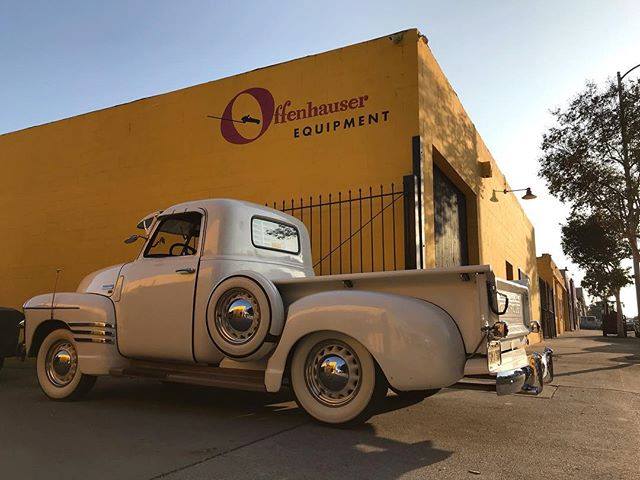
Offenhauser is very much still in operations supplying a wealth of great products wholesale to some of the largest sellers in the world. The company has seen a boost in marketing and is very active on social media. It’s clear the Offy is not going anywhere any time soon and it’s honestly really good to see that such a great brand is running strong.
Offy 2×2 Intake – 59AB
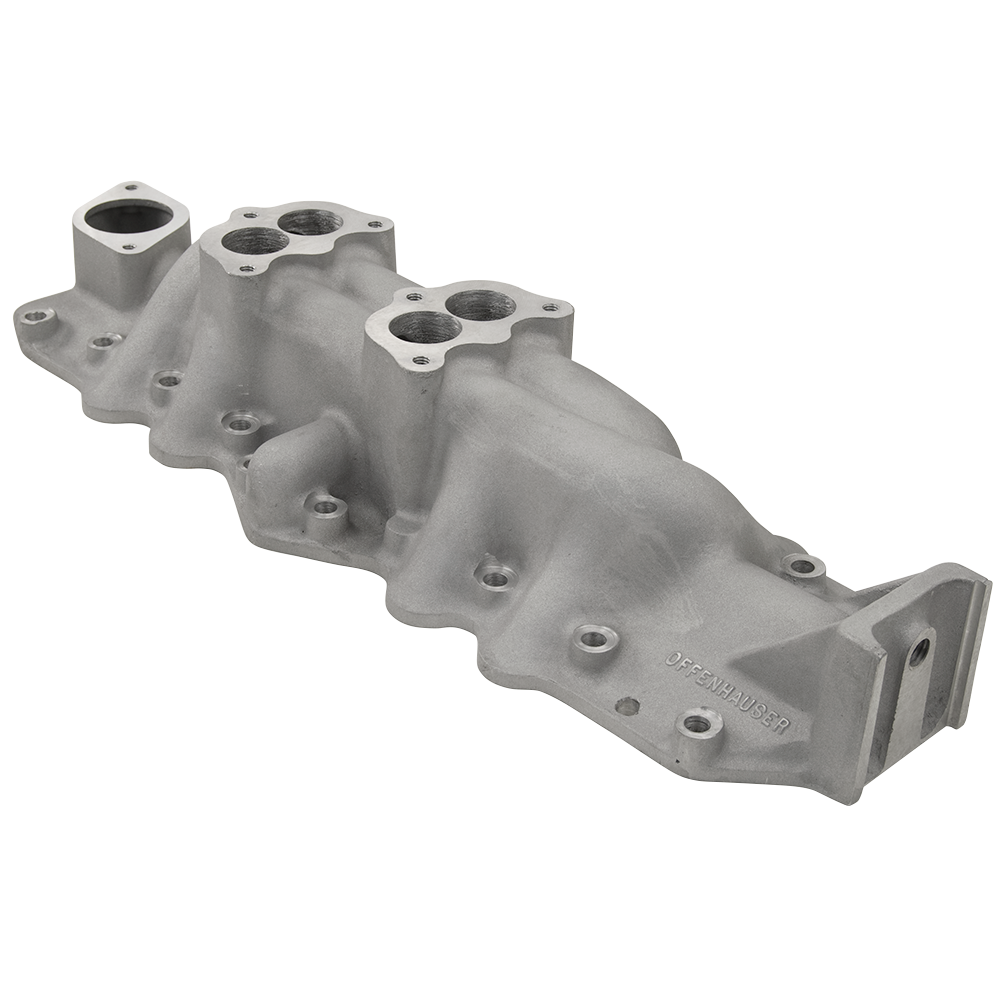


Status: Still in production – We recommend Hanford Auto Supply for all our Offenhauser needs.

Although the Offenhauser intakes have a low collectablily they are some of the best intakes on the market. We rated the intake low because they have been in production since 1946 and are still available at most major big box retailers.
Offy 2×2 Intake – 8BA
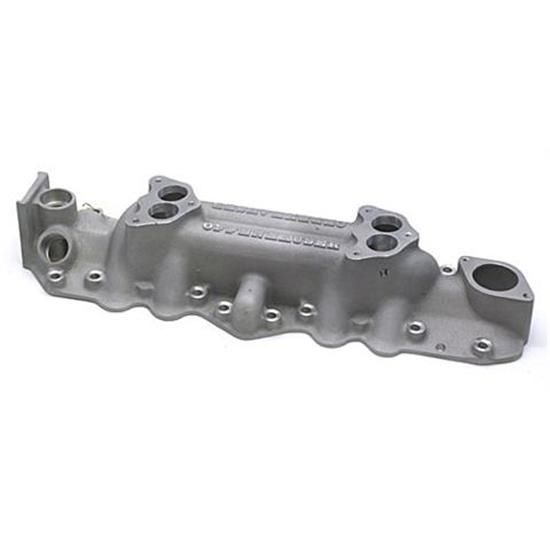


Status: Still in production – We recommend Hanford Ato Supply for all our Offenhauser needs.

Although the Offenhauser intakes have a low collectablily they are some of the best intakes on the market. We rated the intake low because they have been in production since 1946 and are still available at most major big box retailers.
Offy 3×2 Intake – 59AB
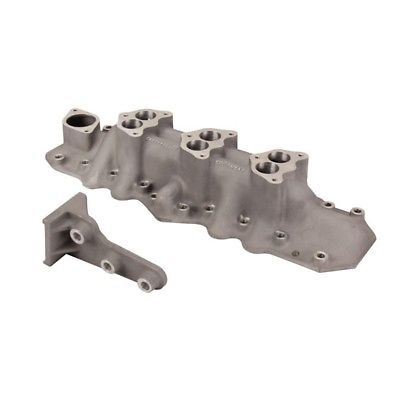


Status: Still in production – We recommend Hanford Auto Supply for all our Offenhauser needs.

Although the Offenhauser intakes have a low collectablily they are some of the best intakes on the market. We rated the intake low because they have been in production since 1946 and are still available at most major big box retailers.
Offy 3×2 Intake – 8BA
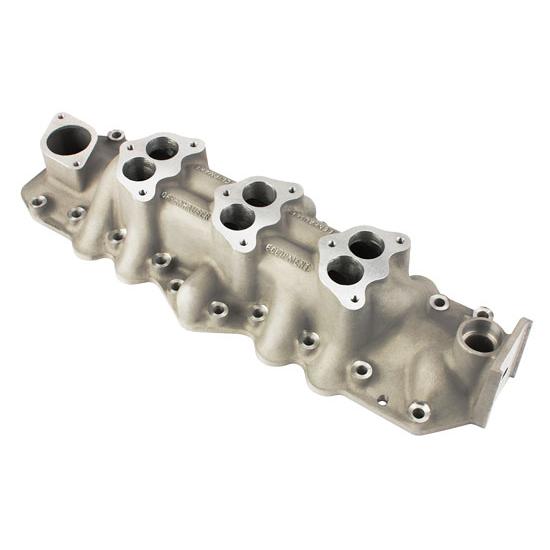


Status: Still in production – We recommend Hanford Auto Supply for all our Offenhauser needs.

Although the Offenhauser intakes have a low collectablily they are some of the best intakes on the market. We rated the intake low because they have been in production since 1946 and are still available at most major big box retailers.
Offy 4brl Intake – 59AB or 8BA



Status: Still in production – We recommend Hanford Auto Supply for all our Offenhauser needs.

Although the Offenhauser intakes have a low collectablily they are some of the best intakes on the market. We rated the intake low because they have been in production since 1946 and are still available at most major big box retailers.



